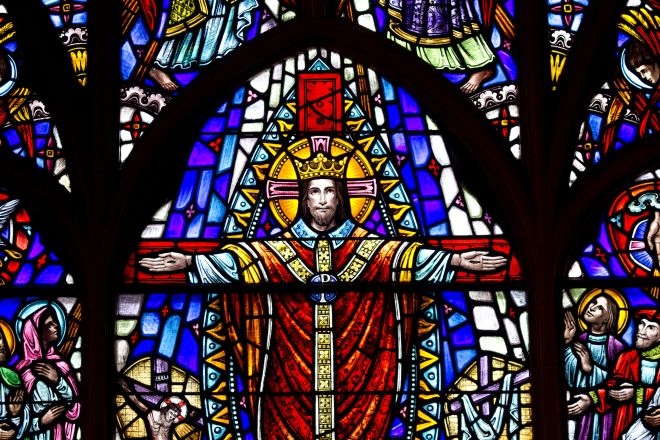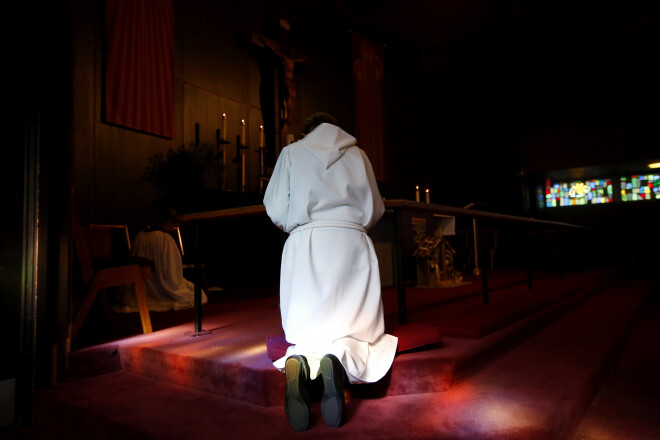Resurrected

What does it mean for the world, and so for us, that Jesus was raised bodily from the dead? It means that the coming of God’s reign has come in His very person, indeed in His body, so that, in relation to him we are already there, though we also still inhabit this passing and rebellious age.
It means that the transformation which has commenced involves our real, embodied lives. We shall be changed, as Paul says in I Corinthians 15, though the form that will take is not yet clear, as he also says there. The Christian life is hope, but not escape. For now His salvation is being worked out in our lowly and suffering bodies.
It also means the death, as we experience it, is a consequence of our creatureliness as well as our sin. It is the enemy Christ has defeated, but as such also the ‘last enemy’ who will be seen to be beaten only on the last day. Only then will he cease to cast a shadow over our days.
It means the scope of His victory is as comprehensive as God’s reign. Classical Lutheran theology spoke of the ‘ubiquity’, the ‘everywhereness’ of His risen presence.
Finally bodily resurrection means God is indeed ‘doing a new thing’ (Isaiah 43:19), but in His creation, which retains its prior form. Salvation is not separate or private or esoteric. We cannot be gnostics, old or new.
We will see how the resurrected opens the way for us to understand the Church and the Christian life.
Read almost anything by N.T.Wright online!



